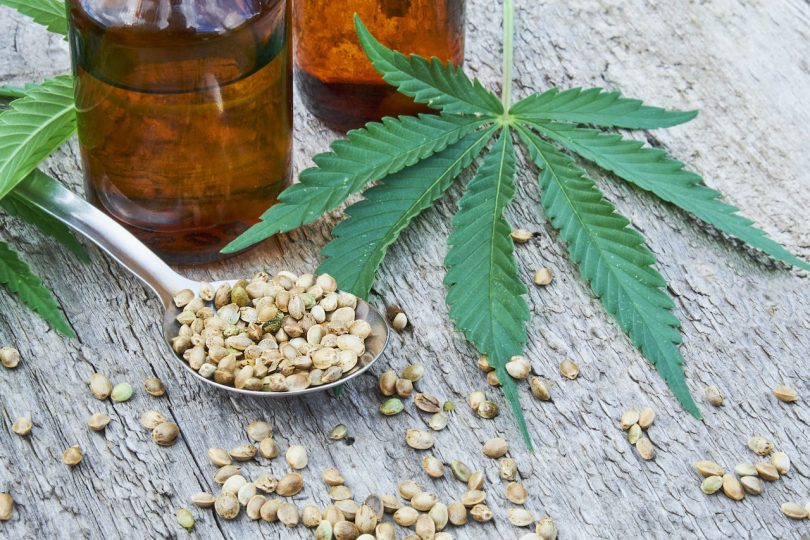A flood of new research and information within the cannabis industry has brought a steady focus on CBD. Many are aware of the exciting possibilities this compound possesses as a treatment for ailments ranging from sleep disorders and anxiety to epilepsy [1]. Even with such attention on CBD and the many potential health benefits of consuming it, there is often confusion about what it actually is and how it differs from other compounds found in the cannabis plant. A further look at CBD and cannabinoids in general can clarify the relationship between the two.
CBD stands for cannabidiol and is one of the many different cannabinoids found in the cannabis plant. It is, in fact, the most abundant of all the cannabinoids found in cannabis. CBD is known to be non-psychotropic, meaning that consumption will not lead to any of the euphoric effects of other cannabinoids, namely THC. In addition to being the most common cannabinoid, CBD also has shown great potential for a variety of health purposes. Different varieties of the cannabis plant have different cannabinoid profiles with many being selectively bred for distinctive purposes. Plant varieties high in CBD and very low in THC are traditionally classified as hemp. CBD products in the form of tinctures, pills, and topical creams are derived from extracts of cannabis plants with a high CBD content in their cannabinoid profile.
Cannabinoids are the general classification for any of the over 100 phyto-compounds found within the cannabis plant. The two most abundant of these cannabinoids, CBD and THC, are also the most well-known. The dozens of other cannabinoids also interact with the human body via the complex endocannabinoid system upon consumption. The body naturally produces some cannabinoids throughout the course of a lifetime, these are known as endocannabinoids. Phytocannabinoids, those derived from plants such as cannabis, also interact with this endocannabinoid system and bind to different cannabinoid receptors in the body. More research into cannabinoids has shown that there seems to be a direct working relationship with the compounds acting together to produce therapeutic effects known as the entourage effect. This effect states that the benefits of various cannabinoids seem to be more effective when paired with others, rather than isolated on their own [2].
Resources
- Billakota, S. et al. Cannabinoid therapy in epilepsy. Curr Opin Nuerol. 2019. Journal impact factor = 5.307
- Shimon Ben-Shabat et al. An entourage effect: inactive endogenous fatty acid glycerol esters enhance 2-arachidonoyl-glycerol cannabinoid activity. European Journal of Pharmacology. 1998. 353, 1. 23-31. Times cited = 316. Journal impact factor = 2.896










